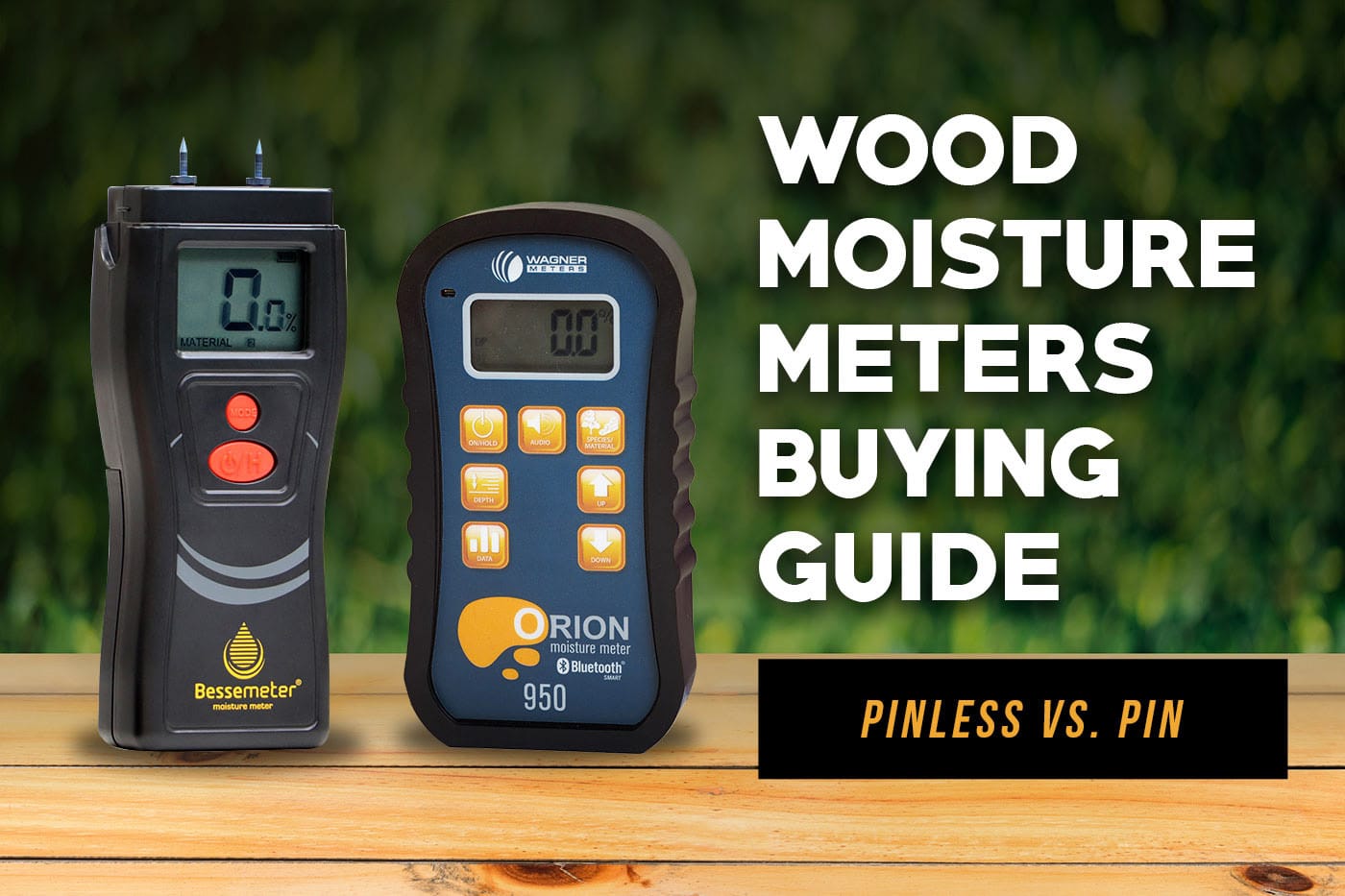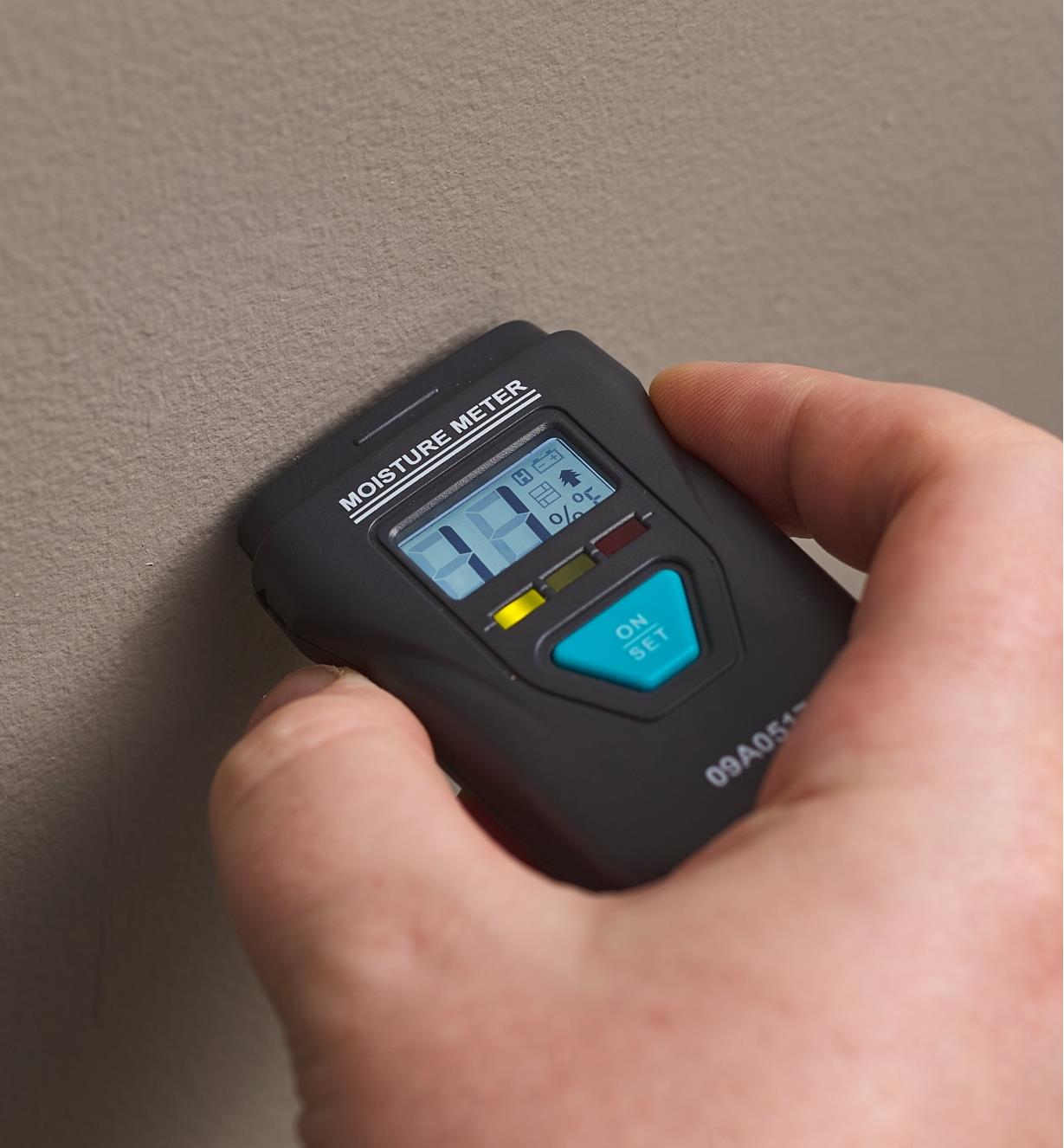Explore the World of Moisture Meters: Every Little Thing You Need to Know
In the realm of moisture meters exists a world of precision and practicality that often goes undetected. Understanding exactly how moisture meters operate, the various kinds available, and their varied uses can drop light on their significance in guaranteeing quality and effectiveness.
How Moisture Meters Work
Moisture meters run by measuring the electric conductivity or capacitance of materials to identify the wetness content existing. These meters are important devices throughout various industries, consisting of woodworking, construction, and farming. By using different approaches such as pinless or pin-type modern technology, dampness meters supply precise analyses that help specialists make notified choices.
Pin-type dampness meters work by placing the sharp pins right into the product being checked. On the various other hand, pinless moisture meters make use of electro-magnetic signals to check a bigger location without creating any damages to the material's surface area.
Regardless of the method made use of, wetness meters play a crucial function in preventing concerns such as mold development, architectural damages, or product issues triggered by excess moisture. Understanding just how these meters job is essential for ensuring the quality and stability of products in various applications.
Kinds of Moisture Meters
Offered the vital function moisture meters play in numerous markets, it is important to recognize the various types readily available to professionals for properly analyzing wetness degrees - Moisture Meter. There are primarily 2 major sorts of dampness meters: pin-type and pinless wetness meters

On the other hand, pinless wetness meters use electro-magnetic sensing unit plates to check a larger area of the material without triggering any type of damage. This kind is appropriate for quickly scanning large locations and is frequently used for flooring, wall surfaces, and ceilings. Pinless meters are convenient for taking analyses on completed surface areas without leaving any type of visible marks.
Both sorts of wetness meters have their advantages and are selected based upon the particular demands of the work handy. Comprehending the differences between these types is critical for experts to make accurate moisture analyses.
Applications Across Industries
Construction professionals rely on moisture meters to assess the dampness levels in structure products like wood, concrete, and drywall, which is vital for preserving architectural stability and avoiding concerns like rot or mold and mildew. The floor covering industry uses moisture meters to gauge the wetness web content in subfloors prior to installing numerous flooring treatments, preventing expensive problems due to excess moisture. In the food sector, moisture meters are utilized to monitor and manage moisture degrees in items such as grains, nuts, and dried out fruits to keep freshness and high quality.
Tips for Making Use Of Dampness Meters
Use the dampness meter's calibration setups to make sure precise readings when measuring the moisture content in numerous materials. Additionally, make certain the meter is established to the proper wetness range for the product you are measuring to get the most accurate outcomes.
When using a pin-type moisture pop over to this web-site meter, place the pins to the appropriate deepness advised for the material being examined. This makes sure that the dampness readings are extracted from the correct depth within the material, offering an extra exact representation of its dampness web content. For pinless moisture meters, bear in mind to maintain correct call with the product's surface area to get reputable analyses.
Consistently inspect and change the batteries in your wetness meter to avoid imprecise readings as a result of reduced power. When not in usage to lengthen its lifespan and preserve its precision, Store the meter in a completely dry and safe location. By adhering to these tips, you can take full advantage of the performance of your dampness meter and get specific moisture web content measurements across different products.
Upkeep and Calibration
To make sure the accuracy of moisture material measurements, regular maintenance and calibration of the wetness meter are essential steps in its correct functioning. Calibration adjusts the dampness meter to make sure that it supplies regular and reliable outcomes.
Calibration should be performed periodically, especially if the moisture meter is utilized often or in critical applications where accurate dimensions are required. Lots of wetness meters include calibration tools or can be adjusted by specialist solutions. Moisture Meter. It is advised to keep a log of calibration dates and results to track the performance of the wetness meter in time. By maintaining and calibrating the dampness meter consistently, customers can rely on the precision of the wetness material dimensions gotten.
Conclusion

In conclusion, dampness meters play a crucial role in different markets by precisely gauging the wetness content of materials. Recognizing how these tools work, the various kinds available, and correct upkeep and calibration are necessary for getting trusted outcomes. Whether in farming, construction, or manufacturing, making use of dampness meters aids ensure high quality control and efficiency in processes.

In verdict, dampness meters play a critical duty in various industries by properly determining the moisture web content of products.